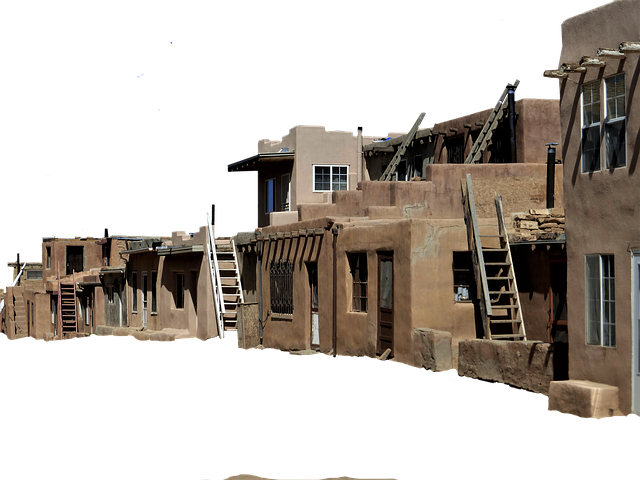Soundtrack in my head: Buffy Sainte Marie, “Now that the Buffalo’s Gone”

Recently, I’ve been struck by the extent of American Indian genocide denial.
Certainly, there is debate over the extent to which this was, in fact, a genocide. The guesses about the number of people living in the Americas immediately before 1492 range from 8 million to 145 million. A pretty good scholarly article on this is here. The one weak argument I find in the article is where the author says, “If there were seven times as many people in Mexico [as there were in England], shouldn’t there be seven times as many relics in Mexico?” He claims there should, but that doesn’t make sense. That’s like saying that we would have needed to see the remnants of interstate highways to prove that a civilized people lived there.
Where the author does make a noteworthy argument is over the question of the impact of disease. He said “If a tribe was enslaved or driven off its lands, the associated increase in deaths by disease would definitely count toward the atrocity…however, if a tribe was merely sneezed on by the wrong person at first contact, it should not count.” The question is, what usually happened at the point of first contact? And given that almost every single Native American tribe in the U.S. was forcibly removed from their ancestral homelands, is it really fair to say that disease wiped them out first, or is that simply an excuse?
But the point of my post is not to throw myself into the debate, but to illustrate the extent to American Indian genocide denial still exists. I want to do so by showing two videos. The first are scenes from the 2007 HBO film “Bury My Heart At Wounded Knee.” The second is a Schoolhouse Rock short I remember from my childhood in the 1970’s. The contrasts between the two is downright shocking–indeed seeing the second video as an adult was shocking by itself. Count the number of references to Native Americans in the Schoolhouse Rock video and what kind of references these were. And then think about it.
